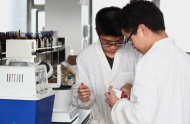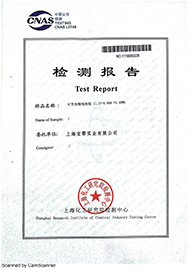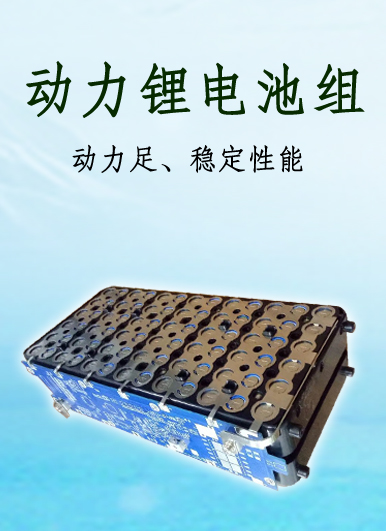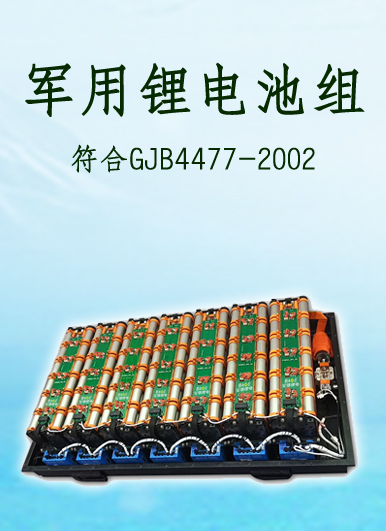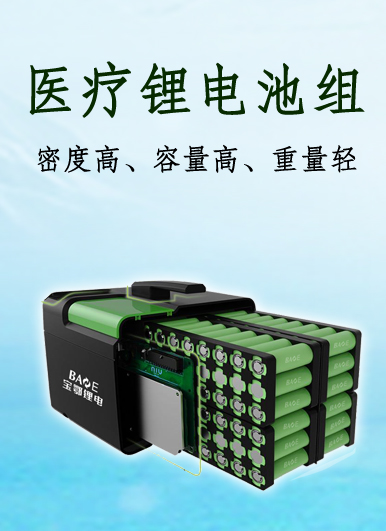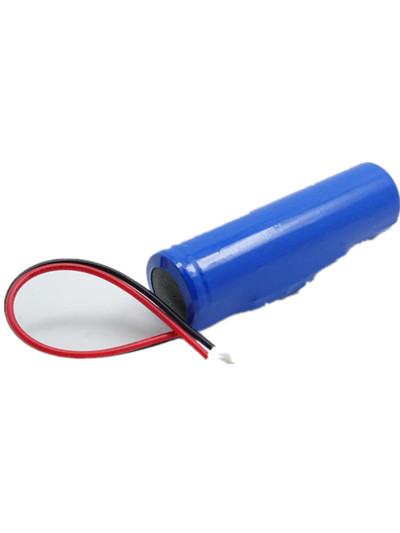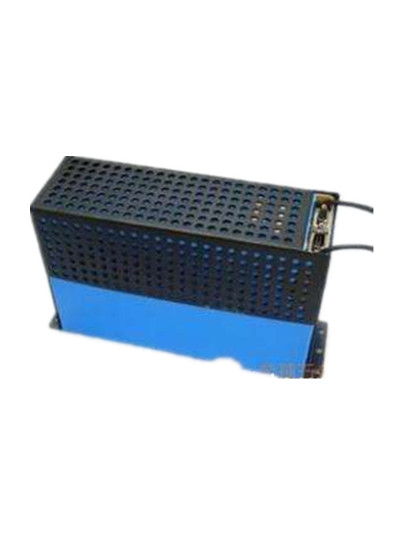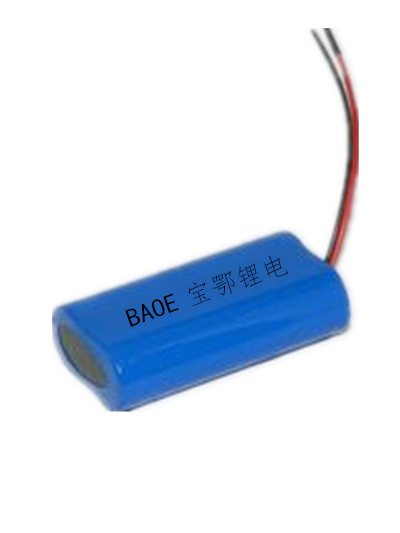Lithium-ion batteries, as an important part of global clean energy, are being used by more and more enterprises to produce electric vehicles in recent years. Kane Energy Research Consulting has analyzed that the annual production of lithium ion industry is expected to increase from 100 MW in 2017 to nearly 800 MW in 2027. A few days ago, another foreign media forecast that the demand for lithium will increase to 1.3 million metric tons by 2025, which will be more than five times the current level.
In China, the reporter learned that the total lithium battery shipment in 2018 was 102 GWh, an increase of 27% year-on-year, of which 63.7% was for power batteries, and the proportion continued to rise.
"From the development trend, lithium batteries have become the main growth point of electrochemical energy storage, accounting for 75% of the chemical energy storage scale. On the one hand, driven by the rapid development of new energy vehicles, lithium battery materials and system technology are rapidly upgraded; on the other hand, the rapid decline in the cost of lithium iron phosphate batteries also makes it possible for large-scale commercial use of lithium batteries in the energy storage market. Recent research reports show that large-scale application of lithium batteries in energy storage market is irreversible. It is expected that in the next 1-2 years, the energy storage market, especially grid-side energy storage, will be able to usher in high-speed growth, driven by national policy guidelines and further decline in the cost of lithium battery energy storage.
02 Mining and recovery are easy to cause environmental pollution
However, the rising market of lithium battery industry can not cover up the drawbacks of utilizing lithium resources. As far as mining is concerned, both brine mining and hard rock mining will cause damage to the environment to varying degrees.
It is understood that the proportion of brine mining in lithium resources in China is more than 70%, which is the most important means to exploit lithium resources in China. This is a method of pumping mineral-rich brine out of the surface by drilling holes in the saline-alkali surface, then steaming and filtering the mineral water repeatedly to obtain solid, and finally extracting lithium carbonate from the mixture. This method not only consumes a great deal of water resources, but also produces toxic substances in the process of evaporation and filtration, which can easily cause adverse effects on water and land.
On the other hand, lithium battery recycling located downstream of the industrial chain is easy to pollute the environment because of improper treatment. According to relevant data, waste power lithium batteries contain a large number of heavy metal elements such as manganese, cobalt, nickel, and other highly toxic substances such as lithium hexafluorophosphate, as well as other volatile organic compounds in their electrolyte. If these substances are not properly disposed of, they will not only cause waste of resources, but also cause huge pollution to the environment.
"Waste power lithium batteries are not completely without'energy'. They still contain high pressures ranging from 300V to 1000V. If they are not properly operated in the process of recovery, disassembly and treatment, they may cause fire and explosion, heavy metal pollution, organic waste gas emissions and other problems." Cao Hongbin, a researcher at the Institute of Process Engineering, Chinese Academy of Sciences, said.
03 Reducing Pollution Needs Innovative Technology
It has been reported that the larger the scale of electric vehicles, the larger the battery output, the stronger the economy of the industry, and the more efficient and less pollution the production process will be.
In response, Energy Exploration Technologies, which is committed to developing breakthrough lithium mining technologies, said that in order to meet the growing demand for lithium for electric vehicles, it is hoped that new technologies can be used to enhance the degree of brine extraction, even low-concentration brine resources that could not be exploited before. "Our goal is to develop lithium extraction separation membranes with fast, low cost, high recovery and minimal environmental impact." Tiger Egan, the company's chief executive, said that the company's metal-organic skeleton membranes could improve production by optimizing the extraction process, thereby significantly reducing the production price of lithium. "This can significantly increase production, while producers and their customers can also get higher economic benefits."
In addition to upgrading lithium extraction technology, many start-ups are looking for breakthroughs in battery storage technology, and they are trying to find a more efficient and cheaper "new" battery to replace or compensate for the shortcomings of lithium-ion batteries. One of the projects, called Breakthrough Energy Investments, is funded by billionaires such as Bill Gates to find solutions for a zero-carbon future.
Although the power battery industry is gradually on the right track, which has brought more positive significance, it also faces environmental protection problems: if the lithium resources are not properly handled in the process of exploitation and utilization, it will have a negative impact on the ecological environment. So, will this problem in turn restrict the development of lithium batteries?锂离子电池作为全球清洁能源的重要组成部分,近年来正被越来越多的企业用于生产电动汽车。凯恩能源研究顾问公司曾分析,锂离子行业的年产量预计将从2017年的100兆瓦时增长到2027年的近800兆瓦时。日前,另有外媒预测,到2025年锂的需求量预计将增加到130万公吨,将是目前水平的5倍有余。
而在国内,记者了解到,2018年我国锂电池总出货量为102GWh,同比增长27%,其中动力电池出货量占比63.7%,占比持续上升中。
“从发展态势看,目前锂电池成为电化学储能的主要增长点,占据化学储能规模75%。一方面,在新能源汽车高速发展的带动下,锂电池材料及系统技术迅速升级;另一方面,磷酸铁锂电池成本的快速下降也为锂电池在储能市场的大规模商用提供可能。”近日发布的调研报告显示,储能市场规模化应用锂电池已呈不可逆之势,预计未来1-2年,在国家政策指引以及锂电池储能成本进一步下滑的推动下,储能市场,尤其是电网侧储能将能将迎来高速增长。
02开采与回收均易造成环境污染
然而,锂电池产业的行情走高,并不能掩盖利用锂资源所带来的弊端。就开采而言,无论是卤水开采还是硬岩开采都会在不同程度上对环境造成破坏。
据了解,我国锂资源的卤水开采比例在70%以上,是我国开采锂资源的最主要手段。这是一种通过在盐碱地表钻孔,将富含矿物质的盐水泵出地表,然后使矿物质水反复蒸滤得出固体,最后从混合物中提取出碳酸锂的方法。该法不仅对水资源消耗巨大,在蒸滤过程中产生的带毒物质也极易对水域、土地造成恶劣影响。
另一方面,位于产业链下游的锂电池回收也容易因为处理不当而污染环境。据相关资料显示,废旧动力锂电池中含有大量的锰、钴、镍等重金属元素,同时在其电解液中也包含有六氟磷酸锂等高毒性物质,以及其它易挥发性有机物,这些物质如果得不到妥善处置,不仅会造成资源的浪费,还会对环境造成巨大污染。
“废旧动力锂电池并不是完全没有了‘能量’,它依然含有300V到1000V不等的高压,如果在回收、拆解、处理过程中操作不当,可能带来起火爆炸、重金属污染、有机物废气排放等多种问题。”中国科学院过程工程研究所研究员曹宏斌表示。
03降低污染需创新技术
有报告指出,电动汽车的规模化越高,电池的产量越大,该行业的经济性就越强,生产的过程也将向更高效、污染更少的方向发展。
对此,致力于研发突破性开采锂技术的能源勘探技术公司表示,为满足电动汽车日益增长的锂需求,希望可以通过新技术来提升卤水的开采度,甚至包括以前无法开采的低浓度卤水资源。“我们的目标是开发出快速、低成本、回收率高、对环境影响最小的锂萃取分离膜。”该公司首席执行官蒂格·伊根介绍,该公司的金属有机骨架膜可以通过优化提取工艺来提高产量,从而大幅降低锂的生产价格。“这可以显着提高产量,同时生产商及其客户也能得到更高的经济效益。”
除了提升采锂技术外,还有不少初创企业正在寻求电池存储技术上的突破,他们企图找到一种更高效、成本更低的“新型”电池,以取代或弥补锂离子电池的缺点。其中一个名为“突破性能源投资”的项目,由比尔·盖茨等多位亿万富翁资助,旨在为零碳未来找到解决方案。
虽然动力电池产业逐步走上正轨带来了更多积极意义,但同时也面临着环保难题:锂资源在开采利用过程中如果处理不当,会对生态环境造成不良影响。那么,这一问题是否会反过来制约锂电池的发展?

